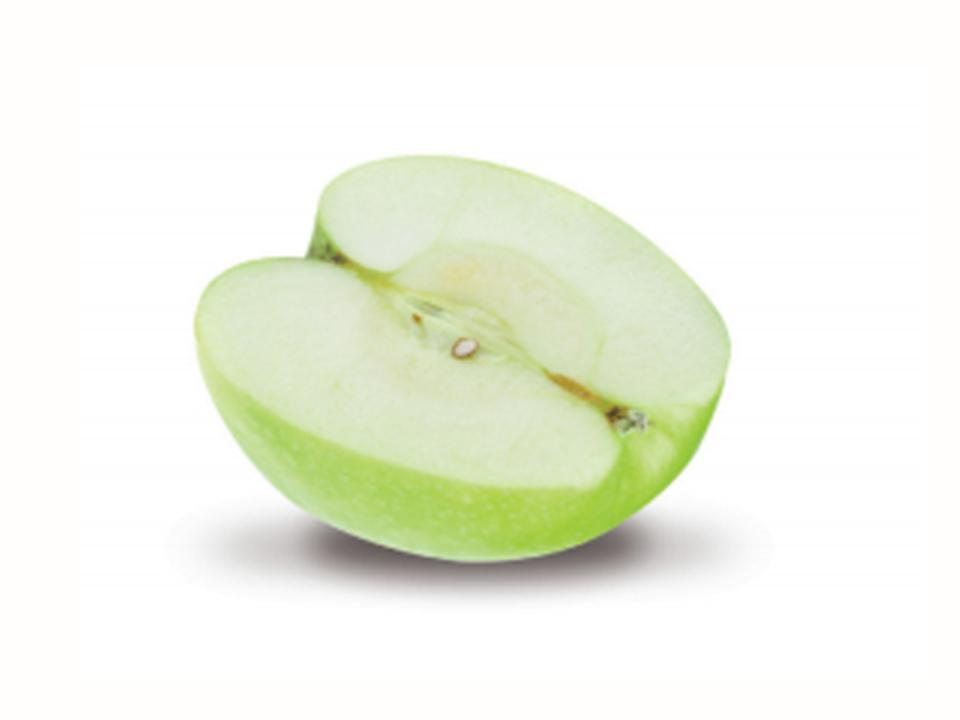Search Thermo Fisher Scientific
Trace Elemental and Speciation Analysis Information

Trace elemental screening and speciation analysis of food is receiving global attention. Some elements are an essential part of a healthy diet, but others, such as lead, mercury, arsenic and cadmium, offer no nutritional benefits to humans and are actually toxic.
Because food is the primary conduit for elements to enter humans, regulators are becoming stricter and requiring manufacturers to monitor levels of hazardous elements in foodstuffs. In addition, food manufacturers and suppliers are now legally required to label food with ingredients and nutritional information.
All of this is driving industry-wide demand for fast, sensitive, reliable and cost-effective testing methods for high-throughput trace elemental analysis of food. That's why we've created breakthrough technologies to identify organic and inorganic elements at ppm to sub-ppt levels across the lab with our broad portfolio of instrumentation. We help make it possible for scientists in the food and beverage market to work faster—and with the confidence and flexibility to adapt to changing demands.

Listen to our free webcast to learn about the detection and analysis of essential and trace elemental content in baby foods using ICP-MS.
Metals in Food and Beverage
Once toxic elements are in the food chain, they can pose significant health risks. For this reason, it is essential to have simple and robust, analysis methods using techniques such as atomic absorption spectroscopy (AAS), inductively coupled plasma – optical emission spectroscopy (ICP-OES) and inductively coupled plasma – mass spectrometry (ICP-MS) for determination of major and minor concentrations of elements and their species in food.
Trace level quantification of multiple elements in meat and meat products using ICP-MS
This application note demonstrates the ability of the Thermo Scientific iCAP RQ ICP-MS to quantify trace elements in meat and meat products in compliance with the AOAC 2015.01 guideline, the Food Safety and Standards Authority of India (FSSAI), China Food and Drug Administration (CFDA), and European Commission (EC) MRLs.
Speciation Applications Summary – Ion Chromatography
Download this applications summary notebook to learn about elemental speciation and why IC-ICP-MS is the method of choice when analyzing species of certain chemicals. The notebook includes summaries and links to full versions of application notes describing speciation of several different elements, including arsenic, bromine, chromium, iodide and mercury in a variety of matrices, from food to pharmaceuticals.
Nanoparticle Compendium
In recent years, single-particle ICP-MS, used to detect, characterize and quantify metal and metal oxide nanoparticles, such as Au, Ag and TiO2 particles, has evolved. Download this compendium to learn how ICP-MS instruments and software tools can improve characterization and quantification of metal and metal oxide nanoparticles.
Determination of lead in powdered milk using the Thermo Scientific iCE 3500 AAS
This application note demonstrates the high sensitivity and robustness of the Thermo Scientific iCE 3500 AAS for accurately and precisely measuring lead content in milk powder samples by direct injection, using a single analysis method.
Low level quantification of trace metals in rice using ICP-MS
This application note describes a workflow for the accurate, precise quantification of multiple trace-level elements in rice using ICP-MS. This optimized method offers an excellent solution for commercial food testing laboratories needing to improve sample throughput without sacrificing data quality.
Trace elemental quantification, including heavy metals in wheat, using ICP-MS
This application note describes a complete solution for quantification of trace levels of multiple elements in wheat. The method is based on microwave digestion and quantification using ICP-MS. This method meets the AOAC 2015.01 guidelines and the FSSAI, CFDA, and EU MRL requirements by achieving excellent accuracy (85–112%) and precision (<10%).
Trace elemental screening and speciation analysis is receiving global attention. Learn what it is, why it's important and how it can help address specific concerns around food.
No records were found matching your criteria
食品 & 饮料资源库
获取有针对性的科学应用资料、案例研究、视频、网络研讨会和白皮书,用于食品微生物学、制造和加工、饮料检测、分析检测和真伪信息。








